It’s been nine months since we last caught up with the team behind Britain’s newest niche sports car, the Elemental RP1.
Designed by a small group of engineers with experience at McLaren, Jeep, Porsche and numerous works BTCC teams, the RP1 is destined to rival high-performance, low-volume cars such as the BAC Mono, KTM X-Bow and Vuhl 05.
Since the pre-production car appeared in our exclusive studio pictures in August 2015, the team at Elemental has refined its original design even further. Such is the pace of development on the project, however, that even the late-stage prototype you see here is different from the final design.
We've driven the pre-production Elemental RP1 and it is brilliant
That model, which currently exists only as a series of highly detailed CAD drawings, will come to the mass market early in 2016, but three production-ready models will be developed this summer as part of a Beta testing programme. Customers on the programme will pay for the car but will also play a part in the RP1’s final testing.
Project co-founder and finance director Jeremy Curnow said: “We will be working with and supporting those Beta customers, encouraging them to use it and abuse it. We’ll support them and if we find something doesn’t perform to our expectations, we will upgrade it. There will be tweaks which will take until the end of the year to fine tune.”
Final prices for the RP1 have yet to be set, but Curnow says it will cost more than the £39,900 Lotus Elise and less than the £110,000 BAC Mono. That’s some margin, but previous estimates have placed the RP1 at around £40-£50,000.
At launch, the RP1 will be powered by two Ford Ecoboost petrol engines. An entry-level 1.0-litre option, with around 180bhp and 177b ft, will be capable of accelerating the car to 60mph in around 3.2sec and keep going to a top speed of around 150mph. Perhaps most significantly, though, the whole package will weigh just 540kg.
A higher-powered 2.0-litre Ecoboost, with around 280bhp and 325lb ft, will reach 60mph from a standing start in 2.8sec and will have an estimated top speed of 170mph. In this form, the RP1 will weigh 580kg.
The low weight of the RP1 - in 1.0-litre EcoBoost form it will weigh 336kg less than a Lotus Elise - is one of its key selling points. Curnow said: “We’re using Colin Chapman’s ethos - less is more. We’ve got that far more nailed than Lotus has.”
A 999cc Honda motorcycle engine will come later, but Elemental’s team says it’s not planned for the launch line-up.
There’s only one transmission option: a six-speed sequential gearbox with steering wheel-mounted paddles. The shifts are ECU-controlled, meaning the RP1 will rev-match for optimum performance.
Even in this early stage, Elemental technical director John Begley says more engine options could be used in the future “Somebody has already asked us about using the flat six from a Porsche," he says. "It’s possible to fit other engines. The engine is bolted in from underneath, so the design has been done so that different powertrains can be put in with ease.
“You can wind these engines up to more horsepower, but of course that has a detrimental effect on the lifespan of the engine and the gearbox. Part of the testing that we’re doing is with servicing intervals - currently it’s all very favourable.”
Key to the RP1’s success will be its ability to adapt to different driving styles. Begley says adjustments can be made with the bare minimum of tools and time, meaning customers who have driven to a circuit will have no trouble in preparing the car for the track. “You can take the whole car apart with next to nothing, just a few spanners and allen keys," says Begley. "It’s kept as simple and as clean a design as possible.
"This is man-sized Meccano. You’re supposed to play with it, you’re supposed to use it and change it. There’s a plethora of things you can do to the car to make it drive how you like.”
To accommodate the RP1's low-slung, seat-up driving position, design director Guy Colborne (whose credits include the first-generation Ford Kuga and Focus RS) says he used inspiration from cars such as Vauxhall's VX220, Italdesign's 1988 Aztec concept and the Pininfarina Ferrari Rossa to style the original RP1 prototype. Looking around the car, patterns of design emerge from its strucure - indeed, the Elemental logo came from the shape of the RP1's wheel arches.
The cabin is snug, with the RP1's carbonfibre side pods limiting shoulder room for the larger driver - although Elemental says this will be changed in the final car. Important information is displayed via a small digital readout, while race-style steering wheel puts most functions at the driver's fingertips. Luggage can be stowed in two 100-litre storage bins at the rear.
The next step for the Elemental team is to move into its purpose-built factory in Hampshire. The company says it wants to sell up to 40 cars in its first full year on sale, and up to 60 in 2017. After that, production will reach peak capacity at around 100 units per year, although Curnow says much of Elemental's volume will come from expansion into international markets. "We went with the Ecoboost engines because they are world engines, and we will market the car in the US and Asia," he says. "Europe we will go into as soon as we can.”
Although the RP1 is fully road legal in the UK - and is expected to sail through FIA certification - it’s likely that it will exist as a track-only model elsewhere. That doesn’t worry the Elemental team, though, as Curnow realises that “this will be a third, fourth or fifth car" for many buyers.
“We are increasingly confident that it will be received well," he says. "It is a more complete package than anything on the market. I can say that unequivocally, in terms of the technology, the performance and the weight. Our competitors - BAC, KTM, Vuhl - all of those cars have good points, but none of them bring all of those best points together in one package.
“If you look at all of the iconic cars that have been produced by any company, whether it is a multi-national or a tiny outfit, all of the best and purest cars are designed for a small, focused group of people.
“We’ve been in the industry for all this time, and we’ve seen people who will launch a car and just start taking deposits. We appreciate that we are the new kids on the block. We want to under-commit and over-deliver.”
Get the latest car news, reviews and galleries from Autocar direct to your inbox every week. Enter your email address below:

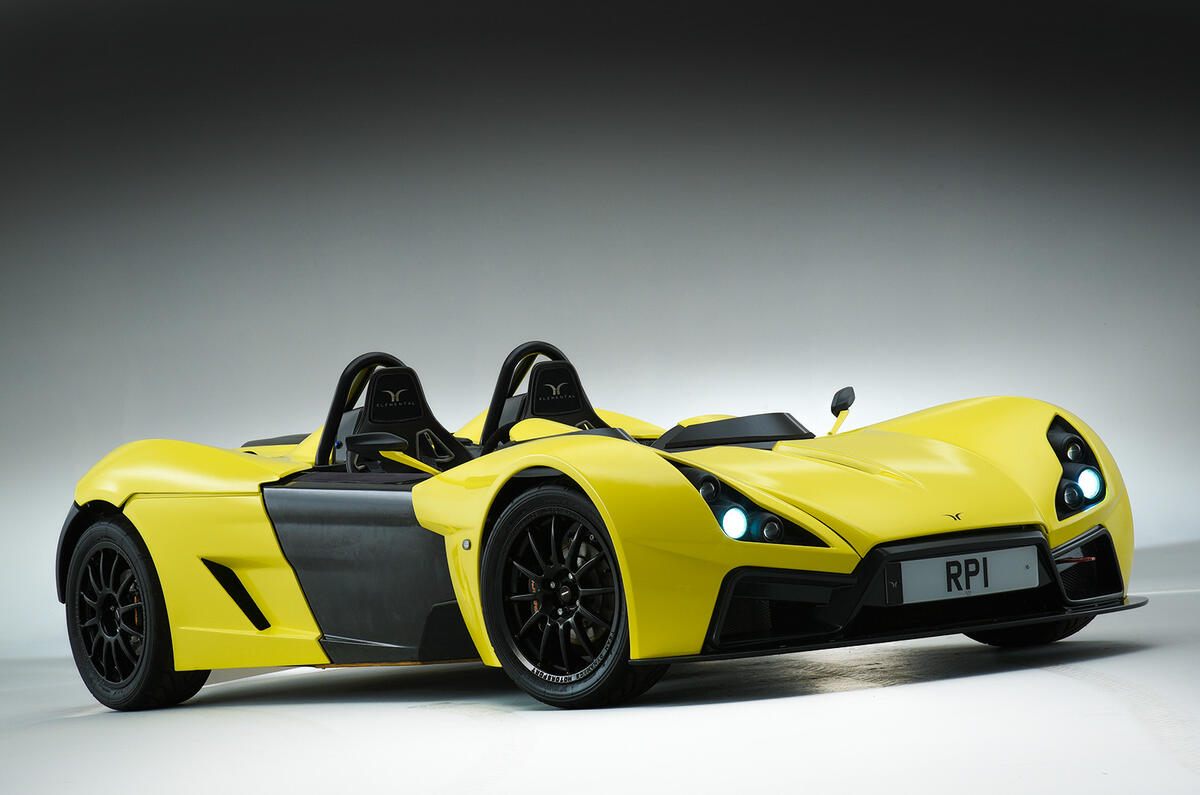
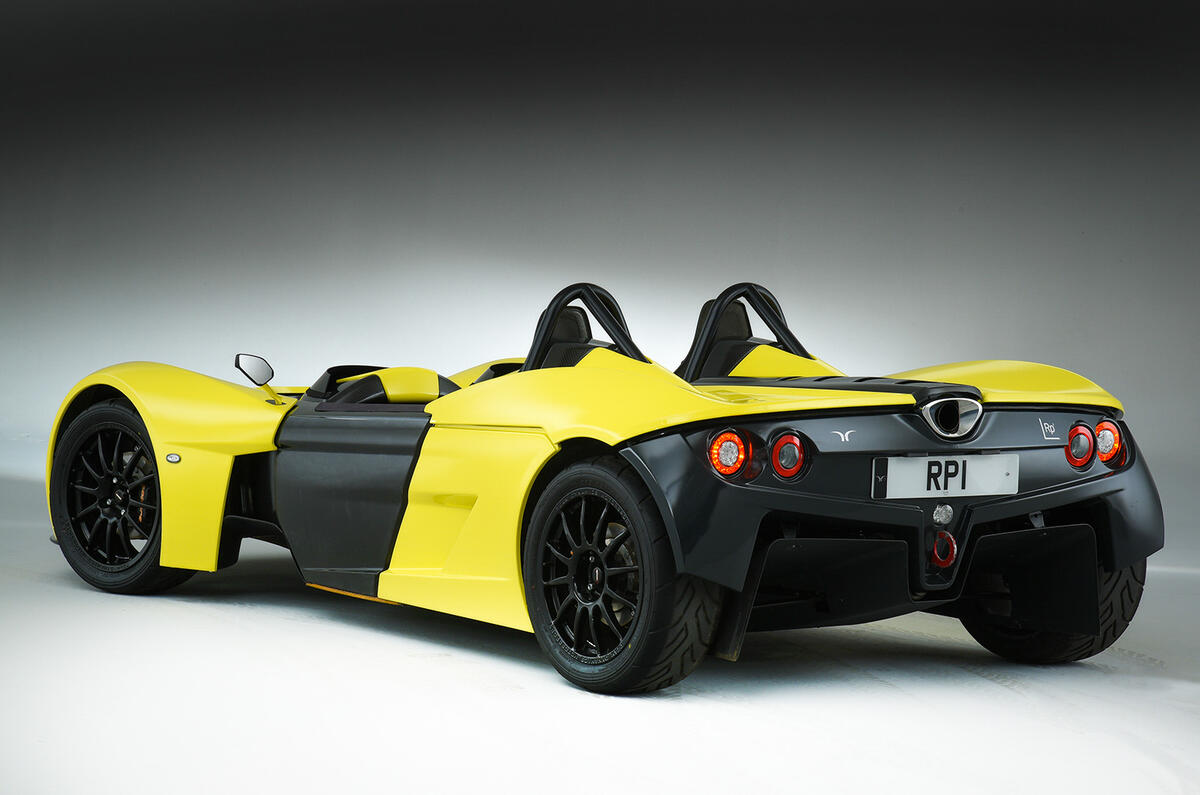
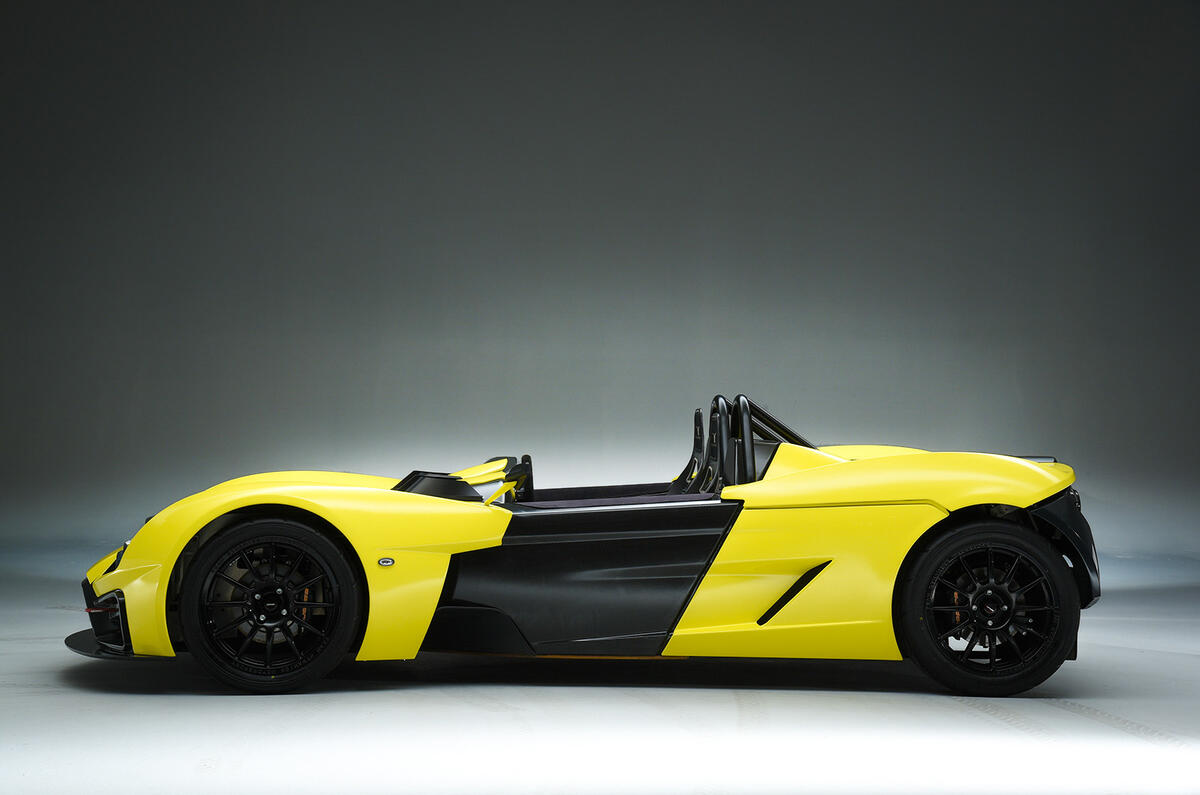
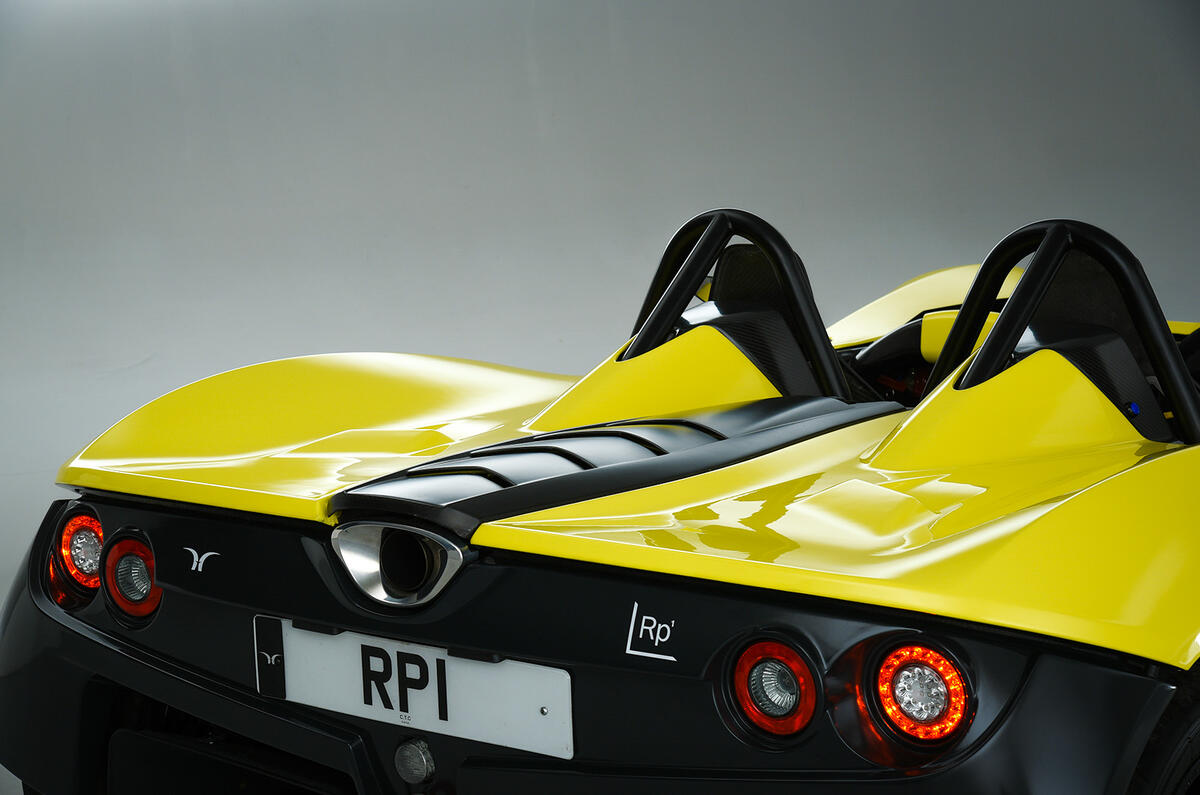

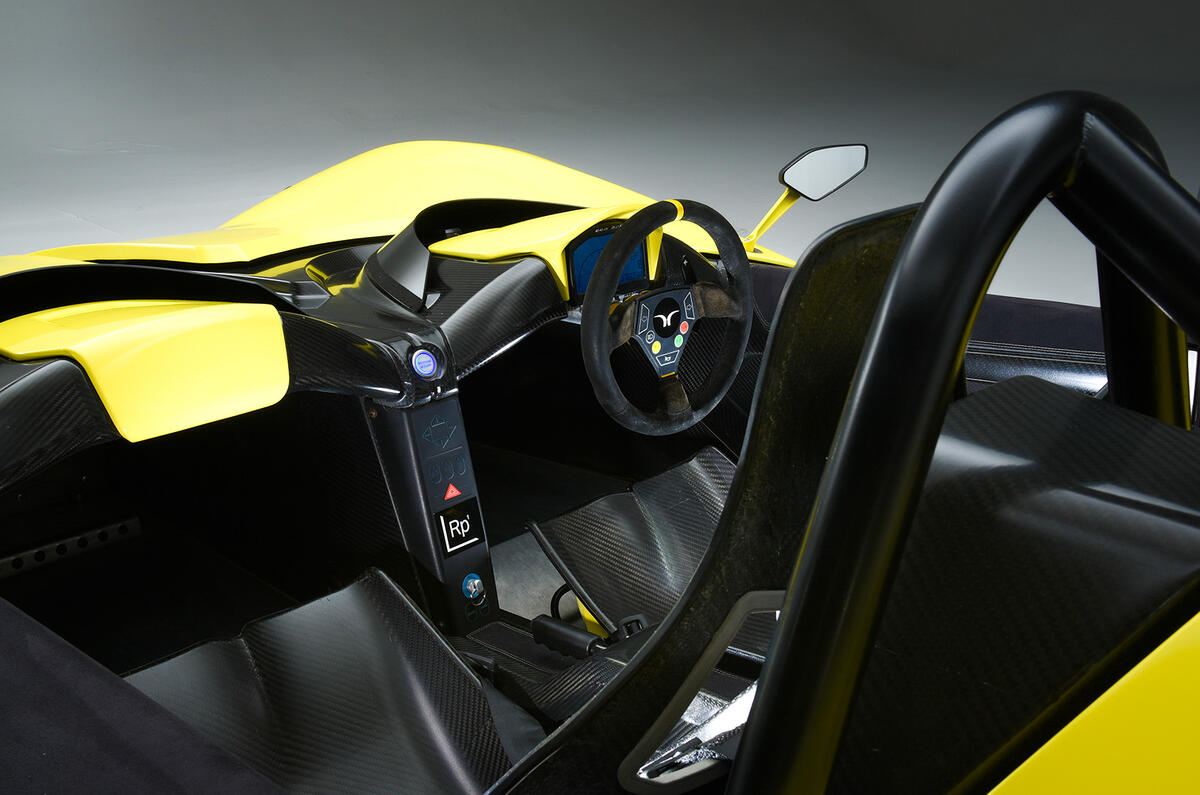
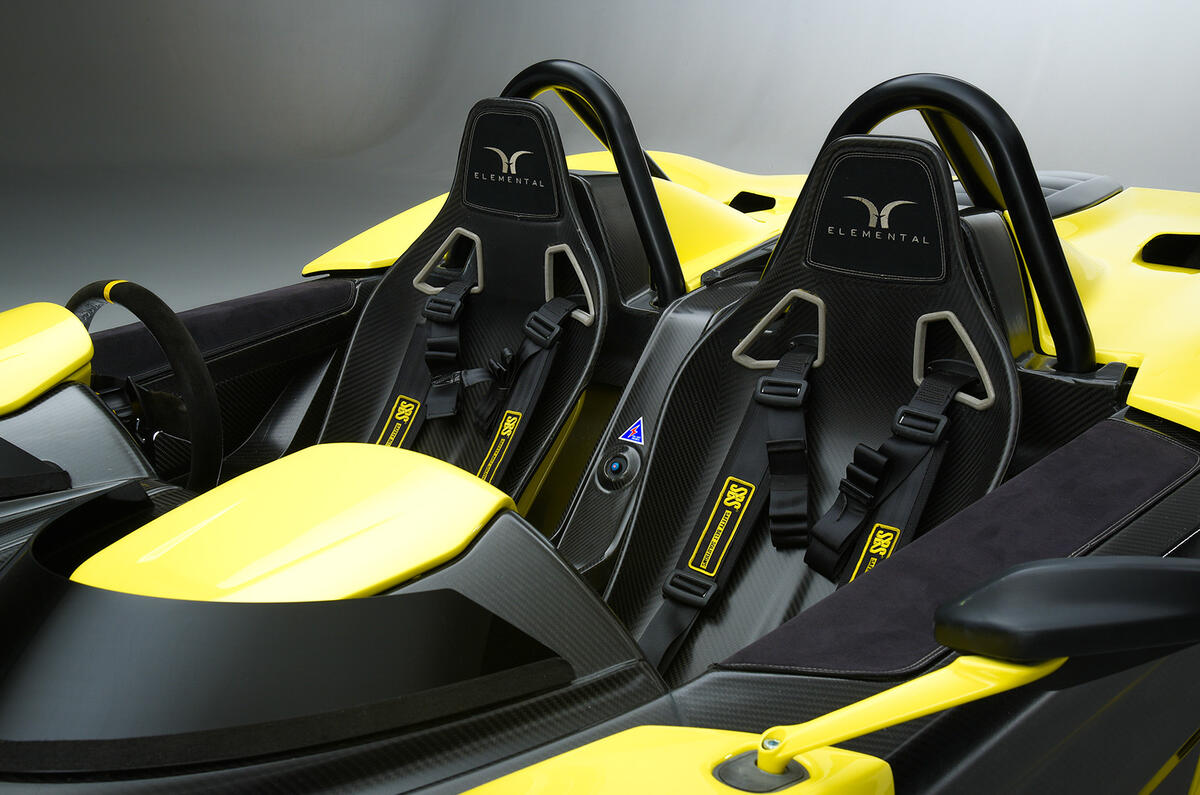
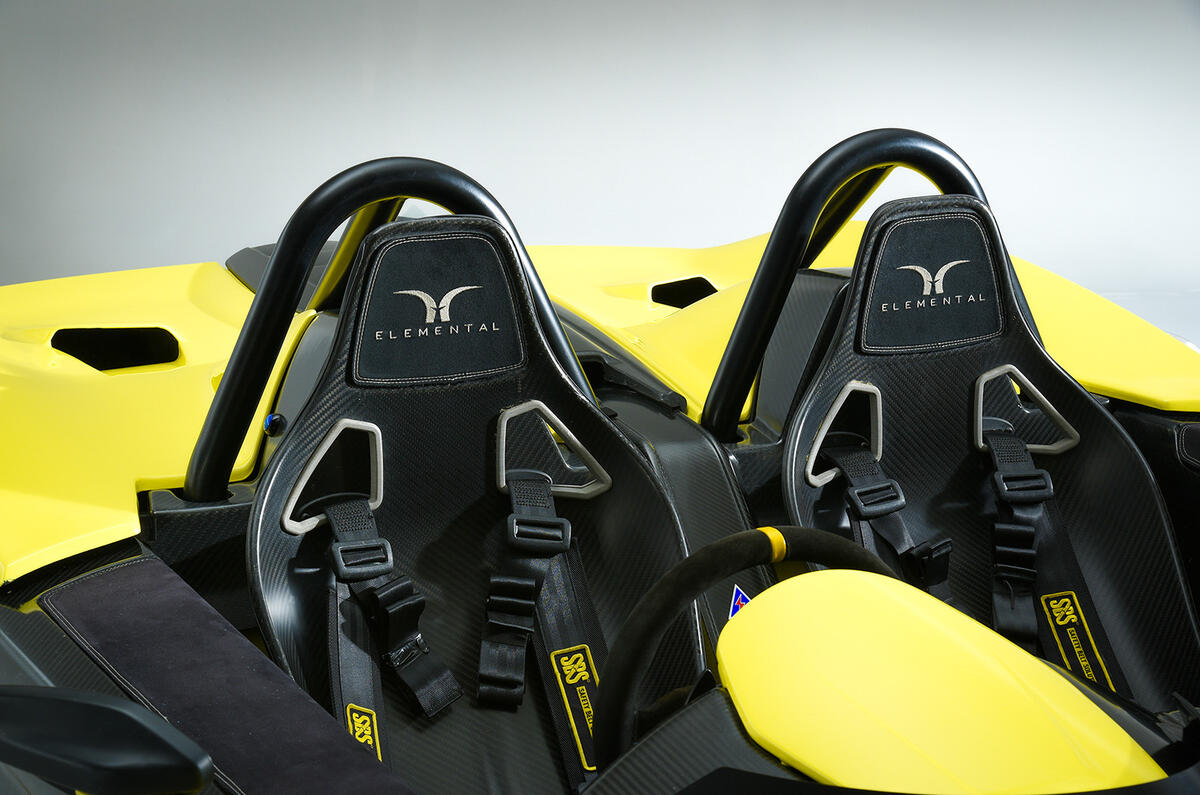
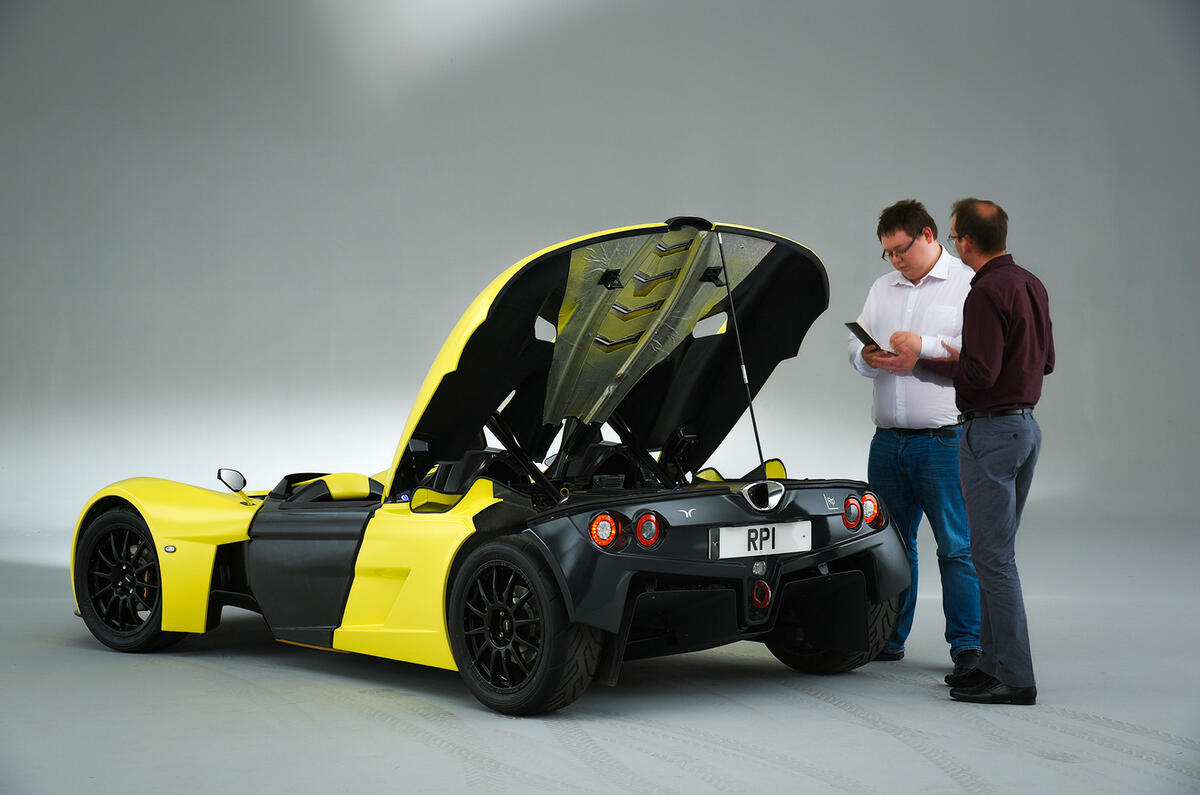
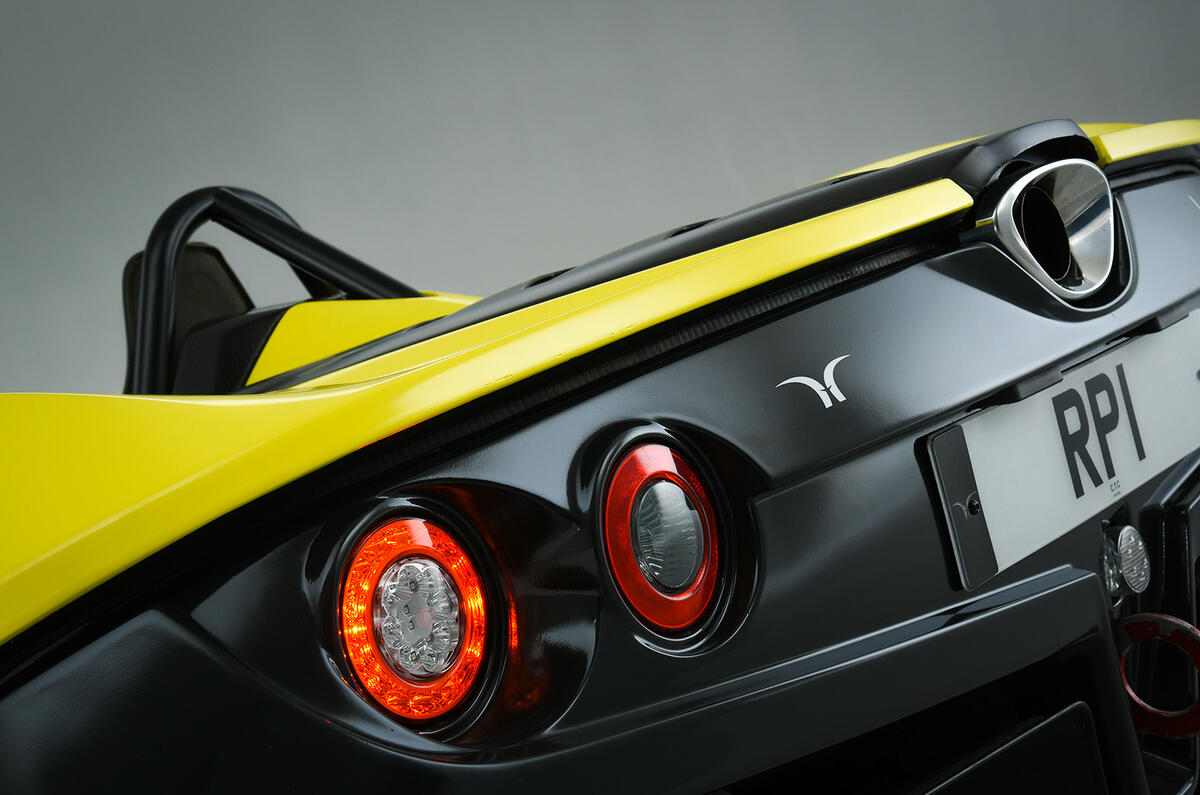
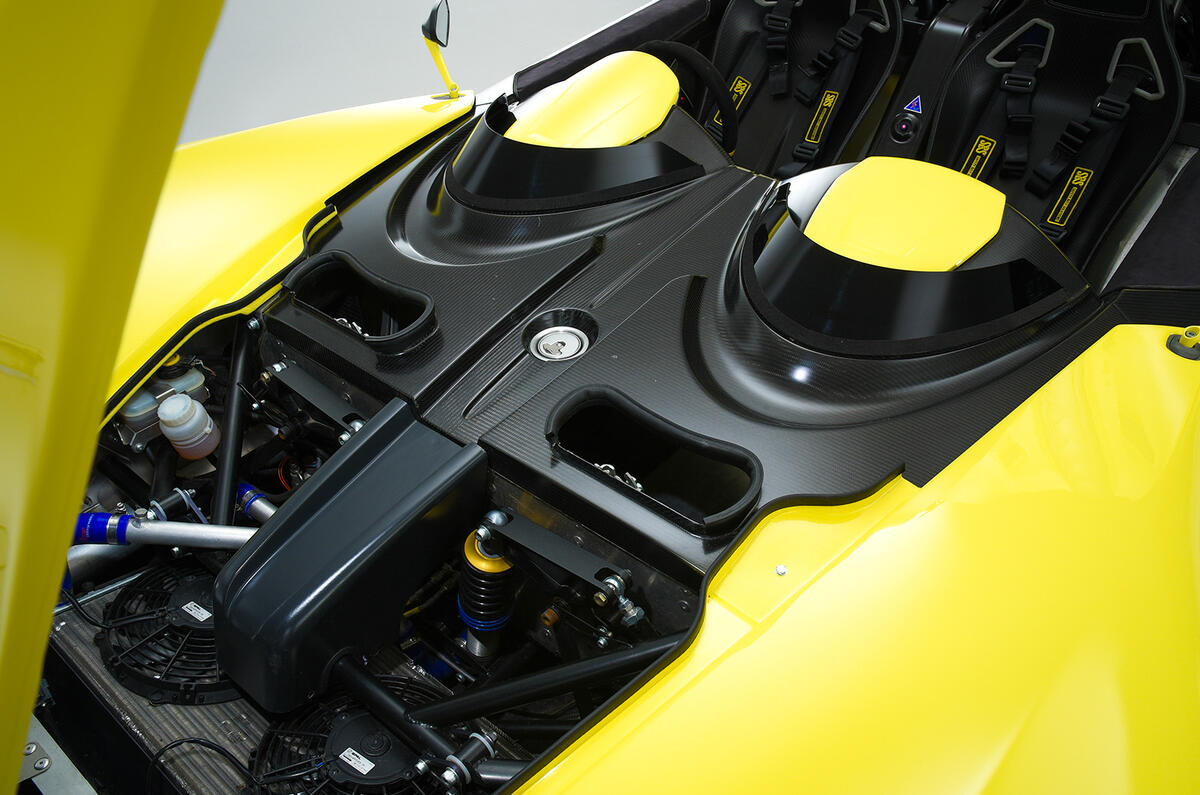
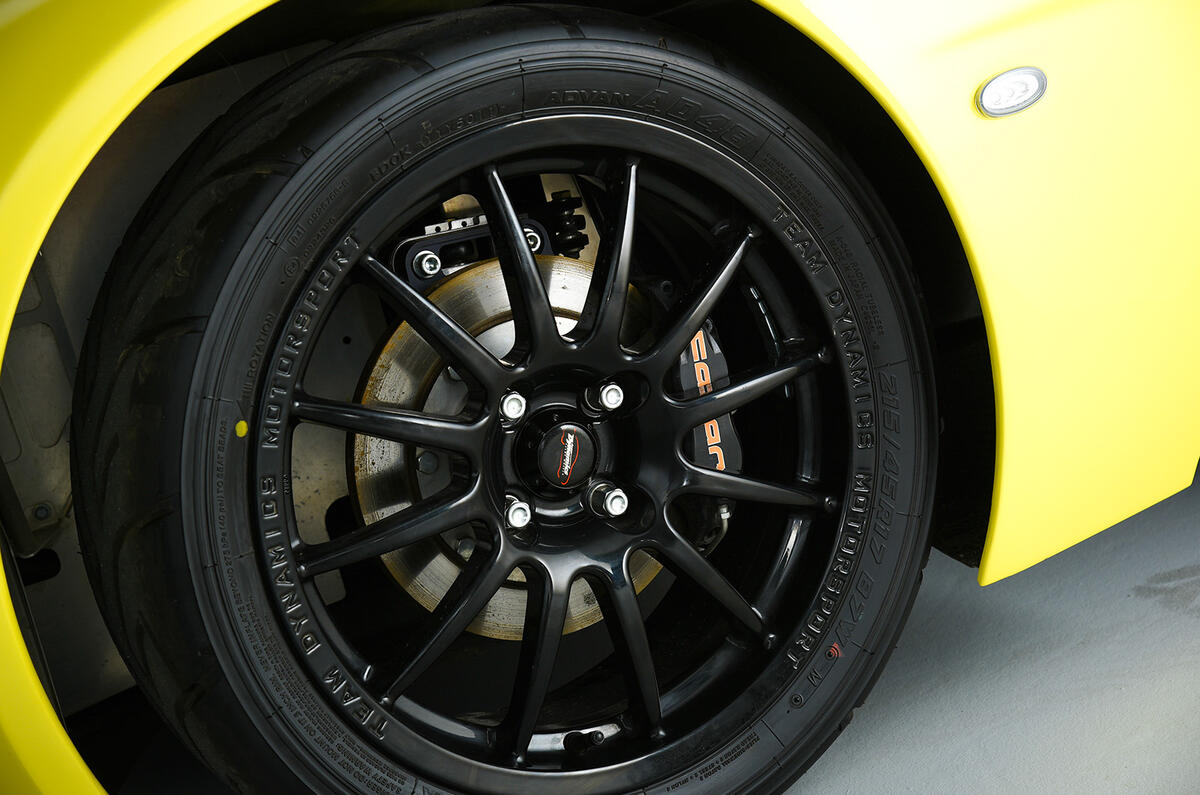
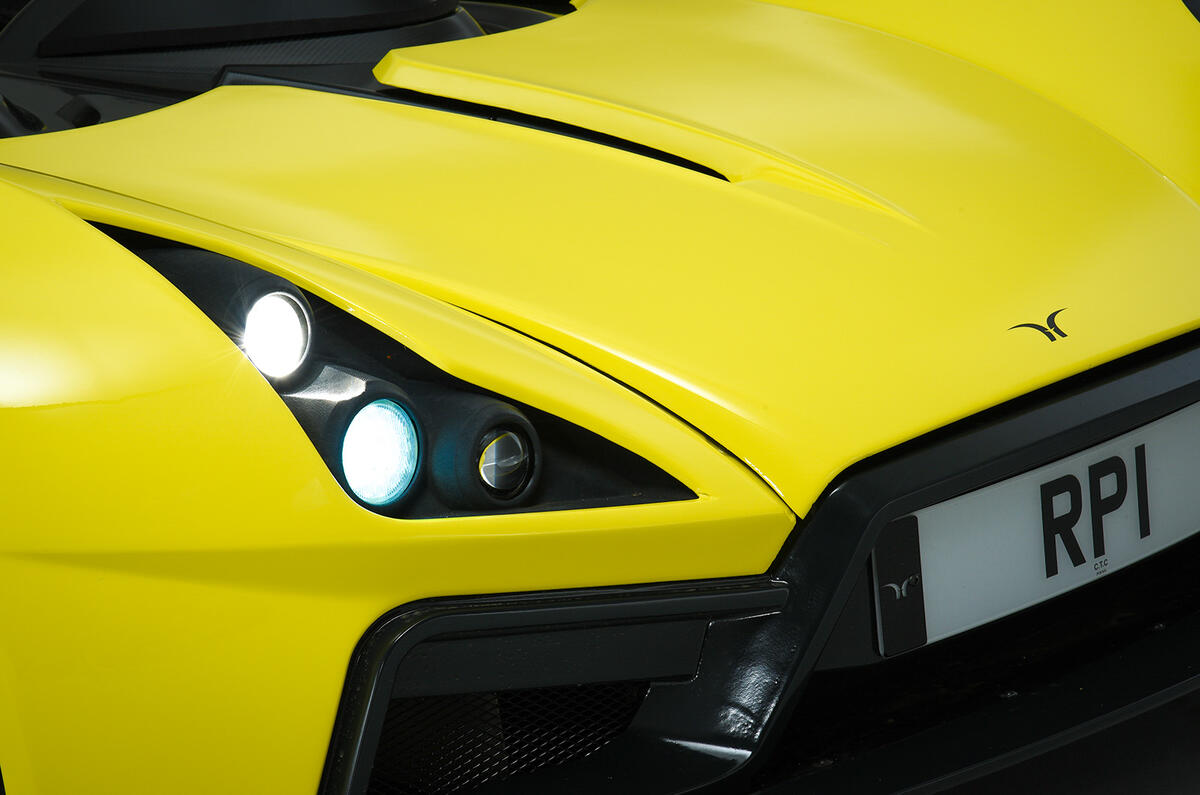

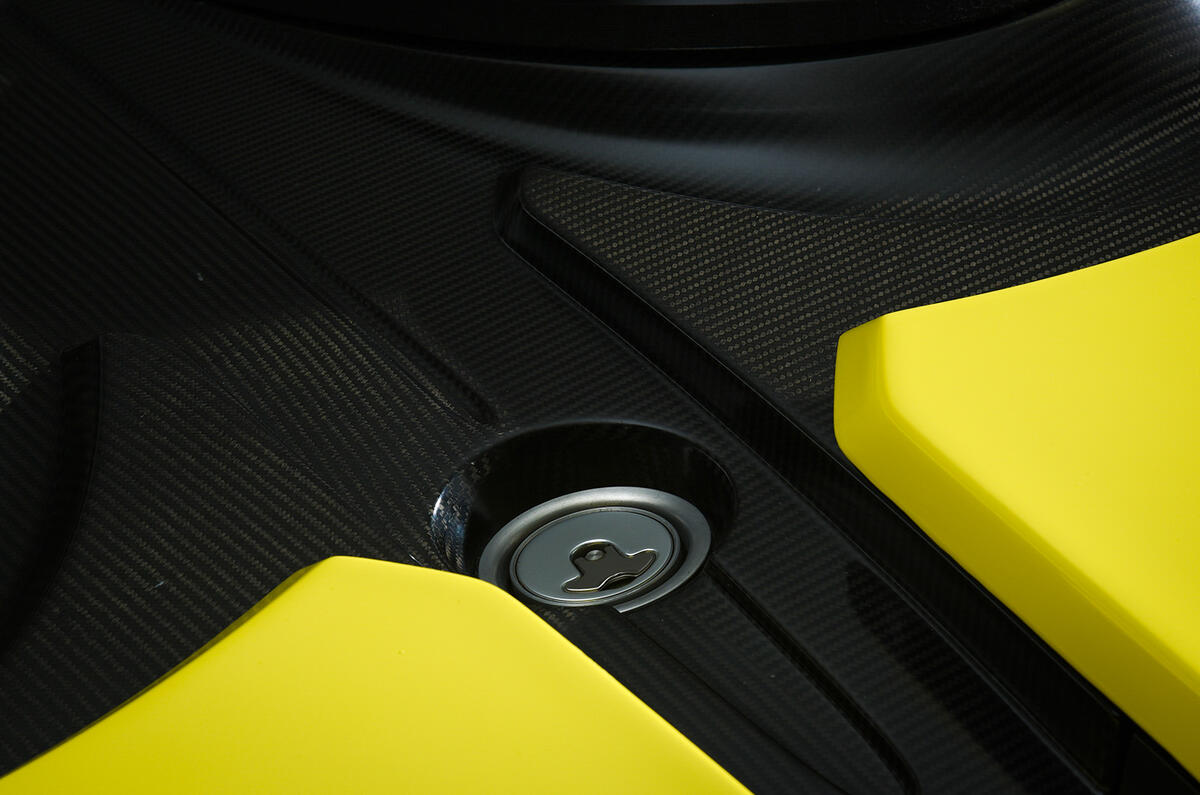
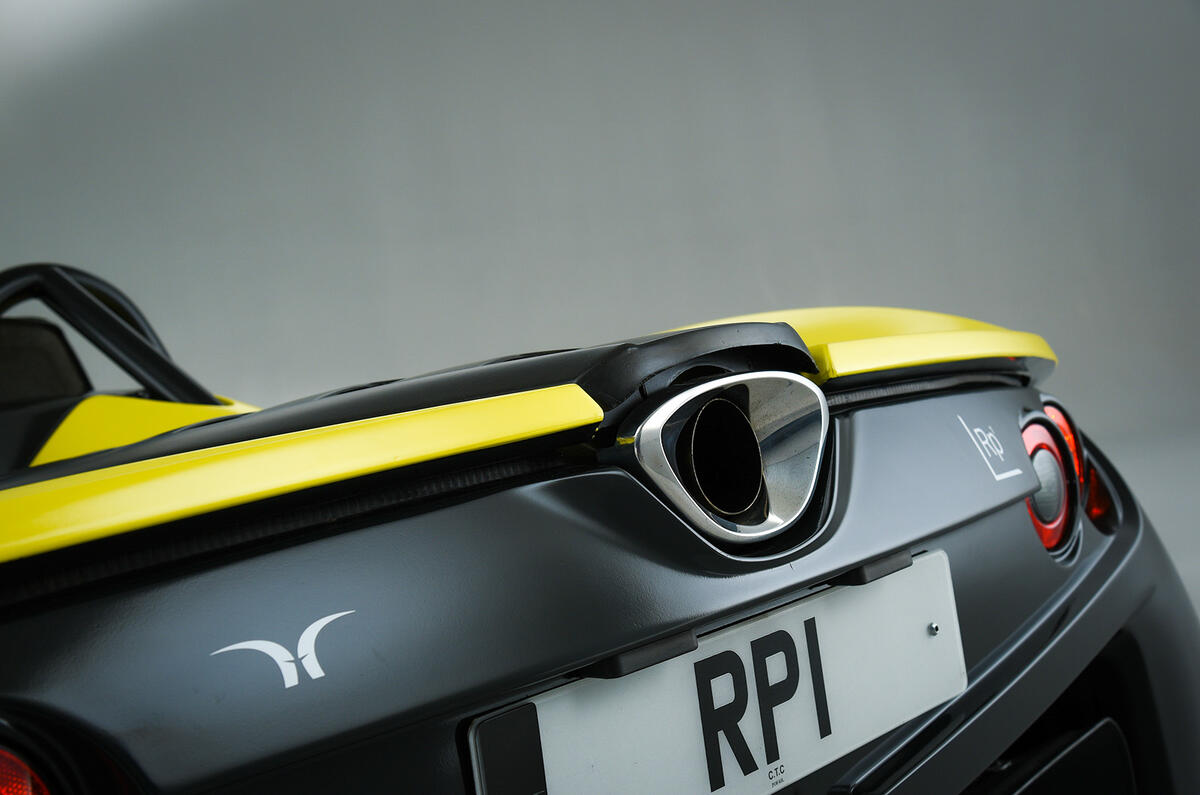
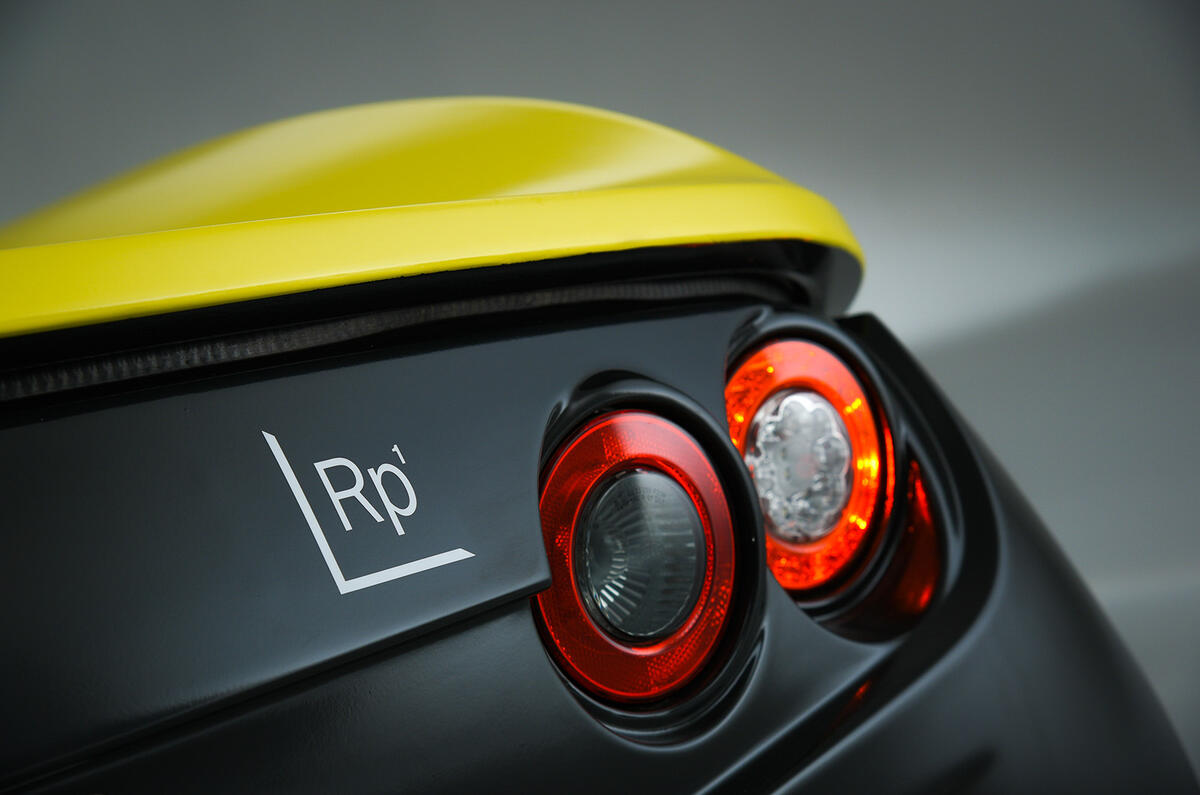
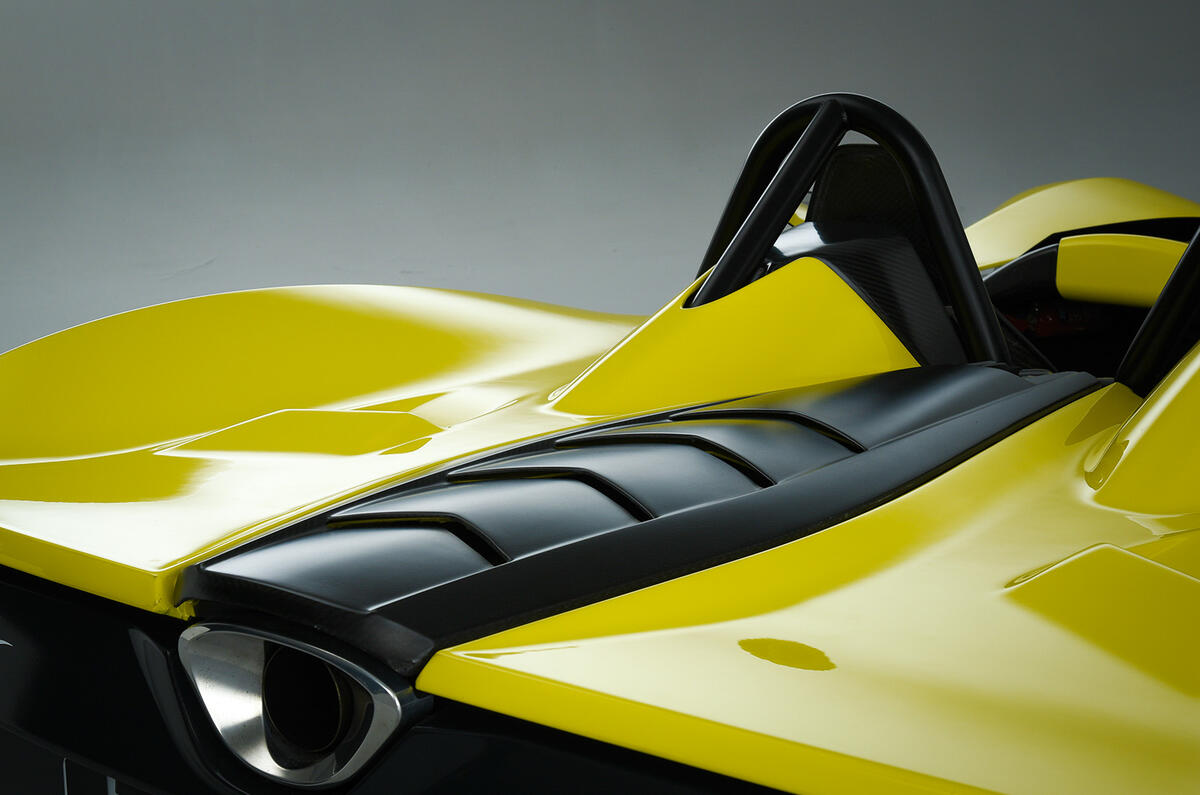
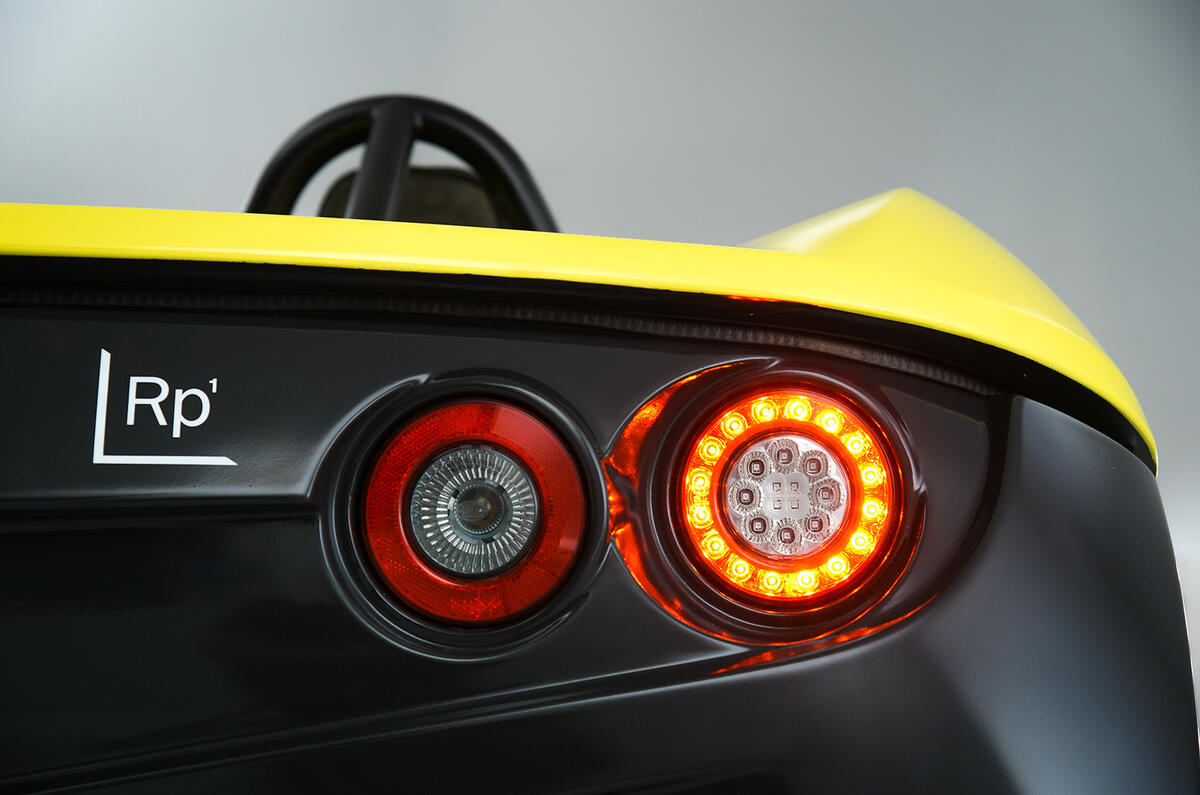



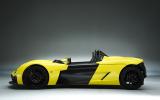
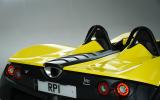
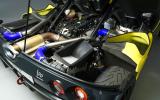
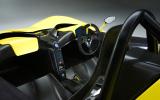
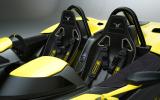
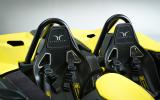

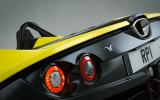
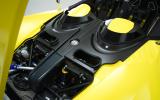
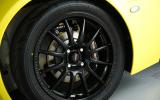

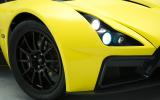
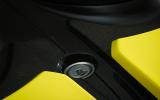
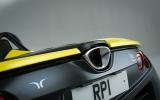
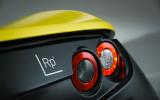
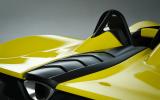
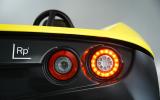
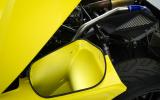


Join the debate
Add your comment
Strange choice
Autocar is always generous in